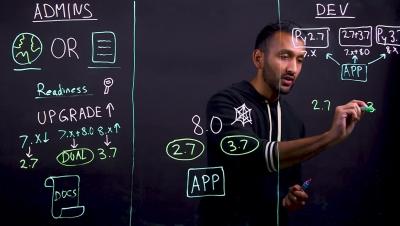Introducing Datadog Agent 7 with Python 3 support
We’re excited to release version 7 of the Datadog Agent. It has all of the same functionality as Agent 6, but it is the first version to ship with only the Python 3 runtime. With Python 2 reaching its end of life on January 1, 2020, migrating your services to Python 3 will ensure that they continue working as expected. We’ve tested all of our more than 350 integrations to ensure they work with Python 3.









